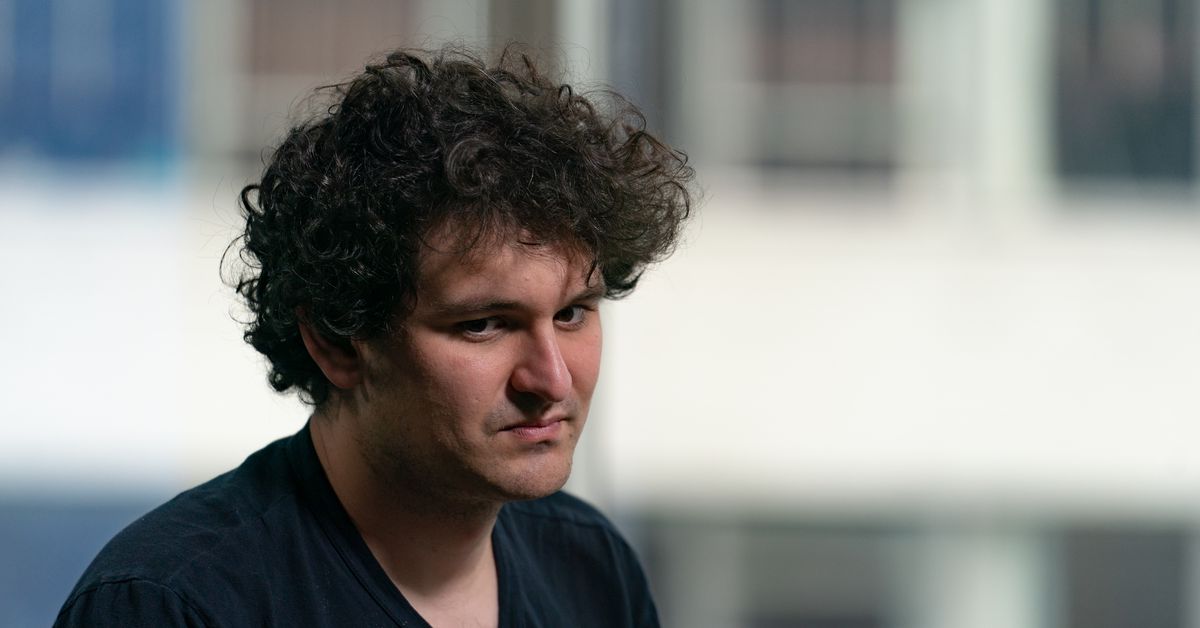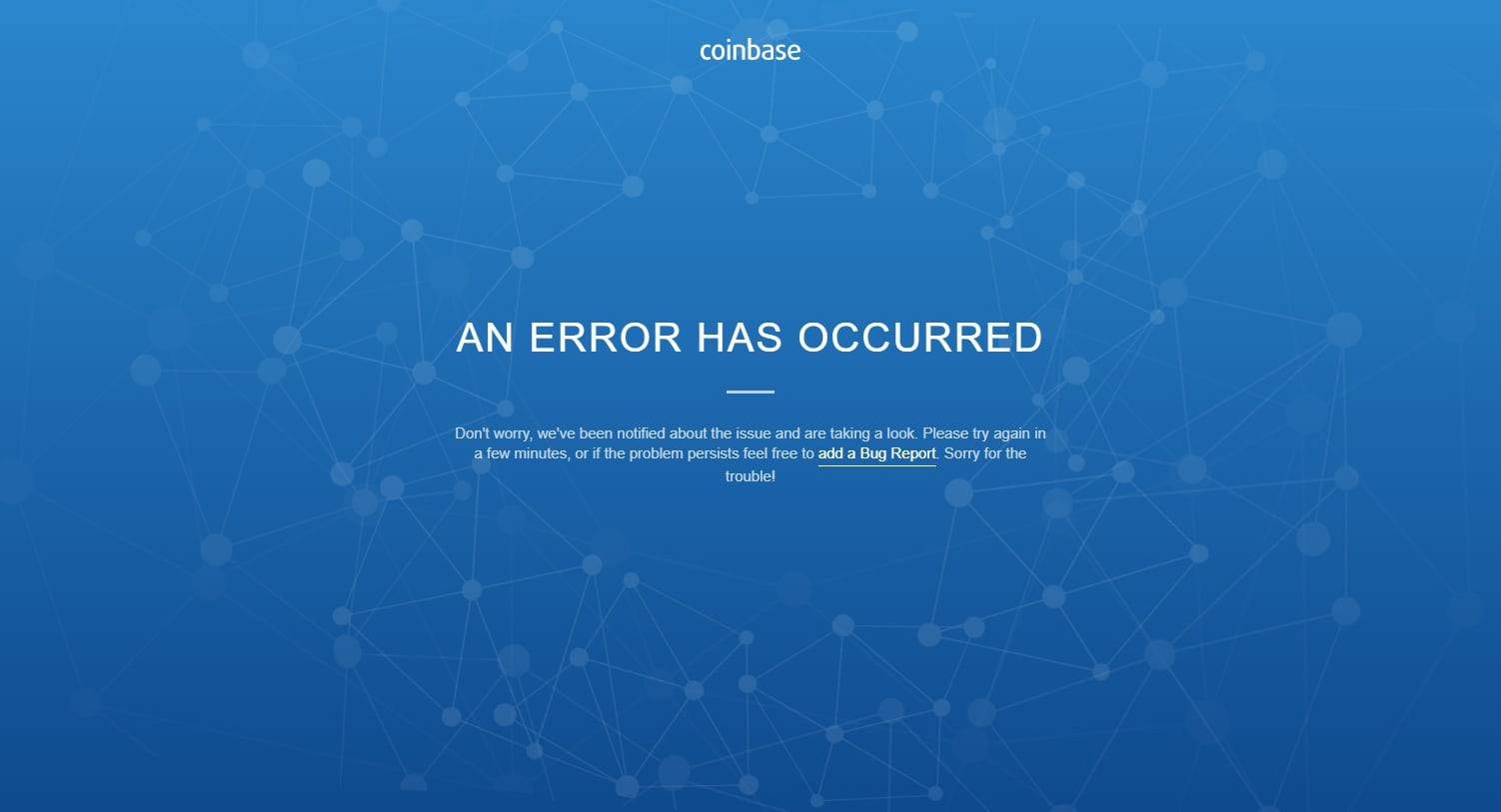How did Sam Bankman-Fried happen?
Sam Bankman-Fried, chief executive officer of FTX, a cryptocurrency exchange he founded in 2019, is pictured in New York in August. | Jeenah Moon/Bloomberg via Getty ImagesHe was a billionaire who had quickly amassed political and philanthropic influence. What...

A week ago, Sam Bankman-Fried was the boy-wonder face of crypto: A 30-year-old who founded one of the biggest cryptocurrency exchanges in the world, a celebrated philanthropist worth an estimated $16 billion, and a major Democratic donor who quickly found favor in Washington. By Friday, he was at the center of an epic flameout that left his empire and his image as an uncannily sharp, altruistic billionaire in ruins.
In the annals of crypto disasters, the tale of Bankman-Fried may go down as one of the most jaw-dropping. He resigned from his crypto exchange, FTX, as it collapsed from a domino effect of a surge in customers trying to withdraw their funds, and the company filed for bankruptcy. The Wall Street Journal has reported that Bankman-Fried may have illegally taken about $10 billion in FTX customers’ funds for his trading firm, Alameda Research, whose future is also in peril. And Bankman-Fried is now worth close to nothing.
The downfall of FTX isn’t a typical story of crypto’s volatility or investor risk-taking; it didn’t crumble due to bad luck, but what now appears to be unsustainable layers of deception. On the surface, FTX appeared to be thriving — in the past year, it made several high-profile acquisitions and bailed out other failing crypto companies. In reality, it was drowning in debt. At least $1 billion in customer funds is reportedly missing. The stunning contrast between image and reality has resulted in Bankman-Fried facing a reputational fall from grace swifter than any in recent memory. According to reporting from several news outlets, the DOJ and SEC are investigating FTX, and his friends and admirers in crypto, philanthropic, and political circles have quickly begun distancing themselves from the man widely dubbed the king of crypto.
A senior Democratic strategist who wished to maintain anonymity to protect their clients told Vox that politicians who’ve received donations from Bankman-Fried, who spent around $40 million during the midterm election cycle, are considering returning that money.
On November 10, Bankman-Fried publicly apologized. “I fucked up, and should have done better,” he wrote on Twitter. “I also should have been communicating more very recently.” He pointed to “a poor internal labeling of bank-related accounts” as one reason why FTX didn’t have the liquidity to return money to clients.
In the last year, Bankman-Fried had soared to buzzy prominence as a paragon of how the ultra-rich, who have seemingly endless wealth, might use it for good. He’s been the subject of countless profiles; he was on the cover of Fortune’s September issue. The media portrayed him as an unassuming, nerdy savant, frequently noting his down-to-earthness, his messy mop of hair, his penchant for wearing T-shirts and shorts, his Toyota Corolla. Investors were enamored of the fact that he wasn’t a buttoned-up entrepreneur; he played computer games during pitch meetings, and like other modern-day founders, his eccentricities were taken as proof of his distinct genius.
Bankman-Fried, meanwhile, came off as a billionaire refreshingly unimpressed by the glitz and pomp of a typical billionaire’s lifestyle. The FTX Foundation, Bankman-Fried’s philanthropic arm, says it has donated over $190 million to date. (Disclosure: Future Perfect, Vox’s effective altruism-inspired vertical, received a grant in 2022 from the Building a Stronger Future, the Bankman-Frieds’ family foundation.)
“It’s hard to spend more than millions a year in an effective way on yourself, even if you wanted to,” he told Yahoo Finance earlier this year. “And I think that’s why we see superyachts — because a lot of people literally can’t figure out anything else to do with their money.”
But Bankman-Fried seemingly had figured it out. That he had articulated a data- and evidence-based plan for how to give away his wealth is, in part, what makes his downfall so stunning. Who is Bankman-Fried if not a political megadonor? Who is he if not a philanthropist and not a billionaire? Who was he all along?
How he earned his money and how he spent it
Bankman-Fried went to Wall Street because he wanted to make as much money as possible. That’s not especially notable. What set him apart was how effectively and quickly he turned those intentions into a reality. The son of two Stanford professors, he majored in physics at MIT, but then, influenced by effective altruism leader and Oxford philosopher Will MacAskill, decided to work for a trading firm where he could earn a lot more money, a lot quicker — ostensibly with the aim of ultimately giving it away almost as quickly.
The effective altruism movement attempts to use evidence and reason to determine the best ways of doing good in the world. When it comes to charitable giving, effective altruists often focus on causes that they view as important, tractable, and neglected — areas where a little bit of funding could have an outsize impact.
Some effective altruists also believe in “earning to give” — entering a lucrative field over a poorly paying one so that more money can be given away. “If what you’re trying to do is donate, you should make as much as you can and give as much as you can,” Bankman-Fried told Recode in an interview last year. In other words, the ends justify the means. If the math shows that it’s magnitudes better to be an investment banker than work at a nonprofit, that’s what you ought to do. In recent days, prominent voices in the effective altruism world, including MacAskill and Facebook co-founder Dustin Moskovitz, who is a major funder of the EA-aligned nonprofit Open Philanthropy, have both disavowed that sort of utilitarian calculus.
Bankman-Fried started his career on Wall Street in 2013, when he was 21. He made his riches through cryptocurrency arbitrage — buying coins for a lower price on one crypto exchange, then quickly selling them for a higher price on a different exchange. He convinced a few fellow effective altruist friends to help in this arbitrage model and founded his trading firm, Alameda Research. By 2019, it was turning enough profit that Bankman-Fried launched his own crypto exchange, FTX. Part of FTX’s draw for investors was that it allowed riskier trades than other exchanges; it allowed people to make highly leveraged bets — at least until 2021, when it reduced the amount of leverage it offered clients. Bankman-Fried was quickly branded as a brilliant disruptor in crypto. That year, at the age of 29, he was worth $22.5 billion.
2022 was an incredibly turbulent year for crypto, yet Bankman-Fried not only seemed to remain unscathed, he seemed poised to keep the industry from falling apart. Bankman-Fried positioned himself as a beacon for other companies. He gave crypto lender BlockFi a $250 million line of credit; he bailed out bankrupt crypto broker Voyager Digital. He also launched his venture fund FTX Ventures this year, which manages about $2 billion in assets. It looked like Bankman-Fried was going to come out of the crypto winter stronger than his competitors, mostly by turning someone else’s loss into his opportunity.
Bankman-Fried appeared to be settling comfortably onto the throne of influence. In June he signed the Giving Pledge, joining the ranks of other billionaire mega-philanthropists like Warren Buffett, Bill Gates, and MacKenzie Scott in a commitment to give away at least 50 percent of his wealth. “A while ago I became convinced that our duty was to do the most we could for the long run aggregate utility of the world,” Bankman-Fried wrote in his pledge letter. In some ways, signing this pledge was repeating himself — he had already promised to give away 99 percent of his fortune. In February 2021, he founded the FTX Foundation, which supported causes such as improving animal welfare and fighting global poverty, and funded research and projects that would improve “humanity’s long-term prospects” through the foundation’s Future Fund. On November 10, in light of FTX’s collapse, all the members of the Future Fund resigned.
At just 30 years old, he was making waves in the political world, too. Bankman-Fried was one of the biggest individual donors to Joe Biden in 2020, and the sixth largest individual donor overall for the 2022 midterm cycle, contributing almost $40 million to various candidates and PACs, including a $1 million donation to Beto O’Rourke’s failed campaign for Texas governor. One of Bankman-Fried’s top aims was getting more political investment in pandemic preparedness — he spent millions backing the congressional run of effective altruist Carrick Flynn, whose platform prioritized pandemic prevention; Flynn lost his primary race.
In short, Bankman-Fried had been building a bona fide political machine, hiring staff to advise him on his various interests, which included crypto regulation. He was something of a media patron too, investing in new news site Semafor and awarding grants to other publications.
He was the key liaison for Congress and the White House on the matter of crypto regulation, even testifying in front of Congress this year. He told the Los Angeles Times in August that he was “spending a lot of time talking with members about what constructive things would be on crypto policies and about what can be done to provide federal oversight of it.” Critics and skeptics argued that Bankman-Fried’s presence in Congress was more about ensuring crypto would fall under the oversight of the CTFC rather than the SEC, because the CTFC is seen as the less powerful of the two.
Bankman-Fried appeared ready to spend even larger sums of money in Washington and in media. Earlier this year, he floated the idea of spending up to $1 billion on politics in 2024 if it meant blocking Trump. He also texted Elon Musk this spring, signaling his interest in spending billions to join in on the Twitter acquisition deal.
In hindsight, there may have been signs of trouble. Weeks before the midterms, Bankman-Fried suddenly walked back his intent to spend quite so much on politics in the coming years, calling the $1 billion figure a “dumb quote” on his part. He didn’t spend much in the lead-up to the midterm election, saying, “I think primaries are more important.” At the same time, Democrats were warning that a lack of funding in the last weeks of the election cycle could jeopardize their chance of securing a House majority.
What the fall of a crypto billionaire says about scrutiny of the ultra-rich
It’s not every day that a billionaire suddenly loses everything — that dishonor belongs to a small and ignominious circle including the likes of Elizabeth Holmes, Bernie Madoff, and Archegos founder and investor Bill Hwang — and it’s rarer still for a renowned philanthropist and political megadonor’s wealth to topple like a house of cards.
Given just how wide-ranging Bankman-Fried’s influence is, his downfall has caused turmoil in several circles. FTX’s customers were mostly individual traders — some now fear they’ve lost their life savings. FTX’s fall has affected the stability of the broader crypto market, and the price of bitcoin, the world’s most highly-valued digital currency, has plunged. The FTX Future Fund has said it likely wouldn’t be able to honor all the commitments it made to grantees, and Bankman-Fried’s financial ruin could cause further shockwaves in philanthropy: The effective altruism nonprofit Open Philanthropy has already acknowledged that the FTX Foundation’s shuttering would affect its grantmaking strategy. Bankman-Fried had essentially earmarked 99 percent of his wealth for the public good — and now, all of that is lost.
If the allegation that FTX used $10 billion in customers’ funds to help Alameda Research is true, the possibility that Bankman-Fried could face jail is “very realistic,” said John Reed Stark, a former SEC enforcement attorney and expert in cybersecurity law. “If these facts are true, someone came to me as a client and said, ‘Here’s what I did, I robbed my customers to enrich myself,’ that’s very serious. It goes far beyond securities violations.” According to a New York Times interview with Bankman-Fried, federal prosecutors in New York are inquiring into Bankman-Fried’s management of FTX.
Stark compared the magnitude of any potential crime to that of Holmes, who defrauded investors, or financier Madoff, the mastermind behind the biggest Ponzi scheme in history. “I think this is worse because there is a retail investor component to this imbroglio.”
Bankman-Fried and his companies are based in the Bahamas, out of the reach of the US regulatory reach, but “it’s going to be illegal, no matter where you are, to take stuff that’s not yours,” said Stark.
That so many people in different industries are rocked by a single person’s financial ruin illuminates the magnitude of influence billionaires have. It also shows why that influence needs serious, careful examination. How much credence can we give to a sales pitch? Bankman-Fried has defended the crypto industry, and specifically his exchange, against the perception that it was rife with scams or danger. “He says FTX is running an honest market, checks customers’ backgrounds, buys carbon credits to offset its emissions, and is more efficient than the mainstream financial system. But it’s clear the main appeal for him is getting rich quick,” Bloomberg’s Zeke Faux wrote in a profile from April.
Bankman-Fried may not have been forthcoming when concern about FTX started to bubble up. On November 7, before the degree of FTX’s financial disorder was evident, Bankman-Fried tweeted that everything was fine. “Assets are fine,” he wrote. “FTX has enough to cover all client holdings. We don’t invest client assets (even in treasuries),” he wrote in another. But it now appears that wasn’t true. He has since deleted those tweets.
In a September appearance on Meet the Press, host Chuck Todd asked Bankman-Fried why people shouldn’t be skeptical of the true motives behind his growing influence. “It’s a good question,” Bankman-Fried replied. “And frankly, everyone should always be skeptical of things like this.”
Help keep articles like this free
Understanding America’s political sphere can be overwhelming. That’s where Vox comes in. We aim to give research-driven, smart, and accessible information to everyone who wants it.
Reader gifts support this mission by helping to keep our work free — whether we’re adding nuanced context to unexpected events or explaining how our democracy got to this point. While we’re committed to keeping Vox free, our distinctive brand of explanatory journalism does take a lot of resources. Advertising alone isn’t enough to support it. Help keep work like this free for all by making a gift to Vox today.

 FrankLin
FrankLin 

































